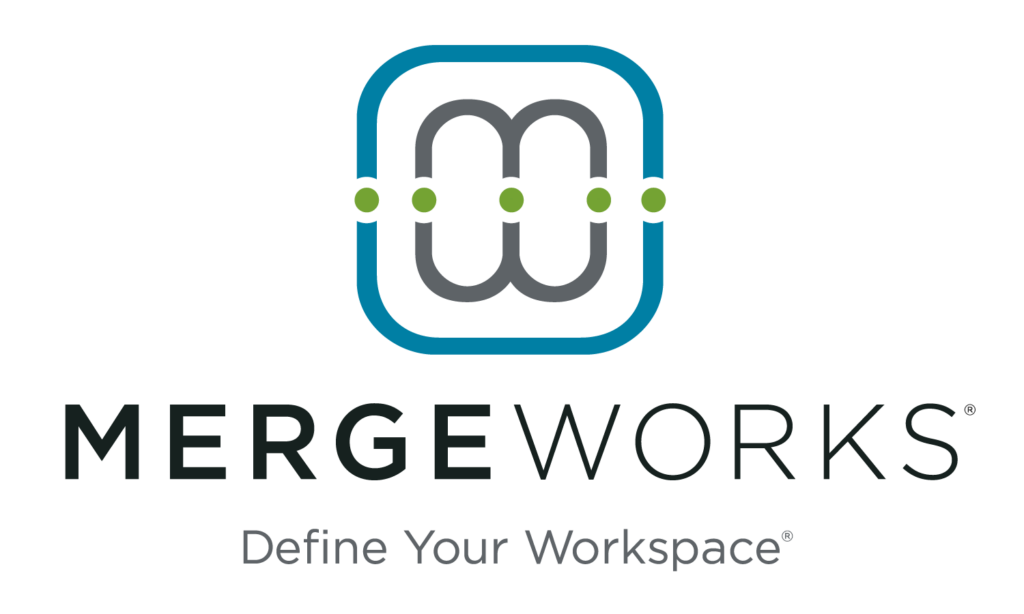No one has more to lose than the world’s wealthiest individuals. Their specific asset protection tools may not directly correlate to someone with more “average” wealth. However, the general strategies can provide estate and succession planning inspiration for us all.
Forbes recently highlighted a few of these noteworthy case studies, starting with Nike founder Phil Knight, who has already donated $3.4 billion of his estimated $39.5 billion fortune, cutting his taxes immensely. “My philosophy is that if I do this right, the charities I give to will use that money better than the government will. So, I give to them with a completely clear conscience,” he told the publication.
Forbes reports that Knight has also used Grantor Retained Annuity Trusts (GRATs) to move shares now worth $3.8 billion to a trust for his son Travis. “Another Knight maneuver, involving a family LLC called Swoosh, has brought the total value of shares transferred to trusts for his heirs to $4.4 billion,” Forbes writes.
Patagonia founder Yvon Chouinard recently made a bold move to skirt $1 billion in taxes while giving away the corporation’s wealth to fight climate change. Splitting the money—and control—between a 501(c)4 and the family’s Patagonia Purpose Trust “created a dual-class structure…where a minority shareholder actually has majority control. This is a way of making sure that the family, rather than the nonprofit, remains calling the shots at Patagonia,” explains New York University law professor Daniel Hemel.
Charles Koch of Koch Industries, also an avid philanthropist, transferred equal amounts of his nonvoting Koch shares to his son, Chase, and daughter, Elizabeth. After Charles’ death, Chase will get all his father’s voting stock, giving him 42% control (with another 42% going to the heirs of Charles’ brother David, who died in 2019). But he’s not putting all his eggs in the family basket. “This past March, Dave Robertson, 61, a Koch Industries lifer, was named co-CEO with Charles,” Forbes writes, adding that his nonvoting shares aren’t all with family, either. The rest will go to fund his charities and causes after providing for his wife, Liz.
“We don’t think about it as a family business. We think about it more as a meritocracy. As soon as we start thinking about it like ‘the next Koch needs to have this role or that role,’ I think we’re in trouble,” Chase Koch says.
Balancing the succession of your business while building a legacy is an art form. But you don’t need to be at the helm of a closely held business worth billions to consider the benefits of orchestrating the right strategies. These billionaire entrepreneurs have learned that a wise combination of trusts, business structures, succession planning, and charitable giving can help keep their business legacies safe and their families provided for while giving to the communities and causes they love. We can all learn to do that. Feel free to contact us with questions.















